Many, many moons ago, way back in July 2008, I released podcast episode 147 as a tribute to my old 100-400mm lens. I’d just sold the lens and felt compelled to share some images shot with that lens, in honor of its passing. Although I’ve sold lenses since then, that I really felt enabled me to do so much in my photography, it wasn’t until last Saturday when I sold a bunch of lenses again, that I felt compelled to do this once more.
I actually sold three lenses last weekend. The 14mm f/2.8L II, the EF 16-35mm f/2.8L II USM and the 50mm f/1.2L lens. Honestly, I won’t miss the 50mm f/1.2 at all. I try to be careful with what gear I buy, but once I’ve bought something, I also like to keep tabs on how much I actually use it.
Lightroom is an amazing tool in many ways, and one of its features that I really like is the Metadata filter, especially in this case, because it enables us to filter our images based on the lenses that we use. In the Library module, if you click on the Metadata filter in the Filter bar at the top of the grid view, then select Lens in one of the columns, you will get a list of all the lenses that you have made photographs with, and can click on the lens to get a filtered view of those images.
With this view, you can see how many images you’ve made with that lens, and also with another filter column, see the apertures that you’ve shot with as well. It turns out that I wasn’t using the 50mm below f/2.8 very much at all, even though I love the shallow depth of field it gives us. I know that part of the reason for that was because of the lenses flaky focusing. Basically, the lens back-focuses as you get close to your subject, which introduces insecurity.
I was never confident that I was going to nail focus on close subjects, so I increased the depth of field a little as insurance. That kind of defeats the object of owning an expensive wide aperture lens. I could also see from my filtered view that the last time I used the 50mm outside of my studio, was October 2012, which is also a good indication that I simply do not need this lens anymore.
Conversely, I have used the 14mm and 16-35mm lenses a lot, but now that I have the new Canon EF 11-24mm lens, I know that I will no longer use the 14mm prime and 16-35mm lenses, so I decided to sell these, and put the money towards the 5Ds R that I’ll be hopefully picking up in June when it’s released. And it seemed like a good time to take stock of my other lenses, and say goodbye to the 50mm at the same time.
I used the Lightroom filter to list up all of the images in my final selects folders, that I shot with the 14mm and 16-35mm, and from each list, I selected 10 photos. Today we’re going to look through the first 10 images from the 14mm f/2.8L lens, with the reasons why I found these images so special, to me at least, and next week we’ll look at 10 photos from the 16-35mm f/2.8.
First up, here is a photo from the very first time I used the 14mm prime lens. This first image was actually shot with a friend’s copy of this lens. I’d met up with him to photograph in a local park together, and he lent me his 14mm f/2.8 lens to take a look at, and I fell in love with it instantly. I actually almost swung by the camera store on the way home and bought my own copy, but I resisted for another week to give myself a chance to change my mind, but I didn’t.
For this photo, I mounted the camera on a tripod, pointing straight up, and then with Live View turned on, so that I could see the photo to compose, I closed the tripods legs together, and pushed the camera up between three tree trunks, that we literally all right next to each other, and I released the shutter with a cable release. I fell in love with the way the 14mm lens distorts reality. The three trunks of the tree were really only inches apart, with barely enough room for the camera between them, but in this image, they look much further away from each other.
Close inspection showed a tiny bit of chromatic aberration in the corners of the photograph, but not enough to worry about, and the rest of the image was absolutely tack sharp. Once I’d confirmed the image quality on the computer, I was pretty much certain that I’d pick my own up the following weekend, and I did just that.
The following winter, in February 2009, I found myself on the side of a mountain with my tour group in Hokkaido. We were still doing a Landscape leg of the tour at the time, and this next photograph was in the Tokachi Mountain range, near Biei, where we now visit on my new dedicated landscape photography Hokkaido tour. I remember looking down into this valley, with the deer tracks and winding river at its foot, and just thinking that we’d found heave on earth, so that’s what I called the photograph.
The reality is that the valley isn’t nearly as large and deep and grand as this image would have us believe, but I was amazed at just how beautiful it looked through this lens as I started to frame up the scene.
Sometimes, new gear can lead us to develop new areas of our photography. I enjoy pointing my camera up into a canopy of trees, but I had been doing that with my wide angle lenses for a while before I got the 14mm. As I heard the distant sound of the engines on the airship overhead in this next image though, I kind of stumbled upon a new type of photograph for me.
This was shot in the main street of the Ginza shopping area in Tokyo, and I just loved the way the 14mm made the airship look so small, and pushed the bottom of the buildings away as it did with the earlier tree trunks, but then we see them lean back in again as they reach for the sky. I have continued to use this technique on buildings quite a lot, as you can see in my City Portfolio, which I updated last week, with some new work from the 11-24mm f/4 lens.
I don’t do a lot of street photography, but I know some of you will remember my work from my visit to the Tsukiji Fish Market, on which I also took the 14mm lens, and captured a number of images, of which this is one of my favorites. I’m working through these in chronologic order, and this image brings us up to April 2012 (below). Again, I like the distortion of the 14mm, bringing elements from all over the place into the frame, almost like a black hole.
For me living in Japan for the best part of the last 24 years, the Japanese characters a people in this image are nothing special, but the slightly grungy processing I used on this set of images and the wet floor with the character walking away into the light, and the slightly suspicious look of the guy with the blue apron on, all give this image a bit of a Bladerunner feel for me, which is one of the reasons I like it so much. I guess the perspective is just a little bit otherworldly compared to the images from the same location shot with longer focal lengths.
And talking of otherworldly, I couldn’t resist including this shot of the giant spider near the Mori Tower at Roppongi Hills here in Tokyo too. I love how the Japanese build these wacky art pieces into everyday life. People of course notice it, but as you can see from this photograph, these things just become a part of the scenery, and people just get on with their day, not really paying much attention to the fact that they’re walking past a giant steel spider.
I found the next photo as I was looking through my filtered Lightroom view of all of my images from the 14mm lens. I don’t think I’ve every shared this publicly, and while I don’t necessarily think it’s a hidden gem, I found it pleasant enough to look at, that I decided to include it in this tribute collection today. This is a photo of that famous bamboo grove in Kyoto, and I once again used the extreme perspective of the 14mm lens to exaggerate the tallness of the bamboo, making it lean in towards the top of the frame (below).
In May 2013 I did my first tour of Namibia with friend Jeremy Woodhouse, and my first visit to the amazing deserted diamond mine town of Kolmanskop, where I made this next photograph (below). As you can see, the buildings are gradually decaying, with the roof of this house totally gone, and the blue sky visible through the ceiling slats and floorboards on the second floor room above.
Once again, I used the wide angle of the 14mm to exaggerate the form of the room. This was only a relatively small room too, so it was necessary to include both the sand dune that we can see through the doorway as well as the walls and ceiling. I wanted to include not just the light hitting the wall, but also I wanted to show where that light was coming from, through the slats.
I also like how this scene offered both the cool blue of the old painted wall, and the orange sand and orange wall in the second room by contrast. If you look at these two colors on a color wheel, you’ll see that they are actually complementary colors, which is quite amazing really, especially when we consider that it’s doubtful that the German settlers here ever imagined having a sand dune in their living room when these houses were built.
From Namibia to Iceland now, as we look at a photograph from my first Iceland Tour in 2013 (below). I chose this photo to represent another way in which very wide angle lenses affect a scene. I noticed a bit of texture in the sky, with these lines leading towards me, but when you shoot these with a wide angle lens like the 14mm, they seem to radiate out, almost as though they are radiating from the main subject, which in this case is the church.
I just find this pleasing, and interesting, that we can use the perspective and field of view like this to create something that is otherwise just not possible with longer focal lengths. I actually shoot a lot of my landscape work with longer focal length, but since buying the 14mm I don’t think I have left the house without it for any photography trip, or even relatively casual visits to parks or other locations around Tokyo. That to me is the sign of a useful lens, and why I felt compelled to do this tribute to the 14mm today.
In many ways, the photographs that we are viewing today also represent some major milestones in my personal history. Four years ago, I had three locations on my bucket list. Antarctica, Africa and Iceland. On my way back from my first visit to Antarctica, I started to have the uncinate fits that lead us to find that pesky brain tumor that almost whisked me away in 2011.
The first time I cried when I found out about the tumor was when I realized that I might die without having visited Africa. Luckily for me, my friend Jeremy Woodhouse saw to that when he invited me to Namibia with him in 2013, and Tim Vollmer sorted out the Iceland part when we partnered for my Iceland tours. There was something else that I always wanted to see with my own eyes though, and that was the aurora borealis, which we can see in the next photograph, from my first visit to Iceland.
I recall the hair on the back of my neck standing up as this scene unfolded before us on my first trip to Iceland, and I felt very fortunate, as I often do, to still be here, and living out my dreams. This year will be my third visit to Iceland for this year’s tour, and I simply cannot wait to get back there. We still have two places open if you’d like to join us too-> https://mbp.ac/iceland2015
Here is the last of the ten photographs that I chosen to look at today, from my first dedicated Hokkaido Landscape Tour that I ran this January with my friend David duChemin. Again here I used the extreme perspective of the 14mm to distort the bow of this fishing boat, making it look bigger than it really was, with the boat quickly getting smaller as it runs off into the distance. The reality is that I was literally sitting almost under the front of the bow of this boat, but the wide angle pushed it away, and once again gave us that beautiful radiating cloud formations in the sky.
OK, so that’s the ten. Quite a simple run through of these images, but I really wanted to do this, as a retrospective of some of the best work that the 14mm f/2.8 II lens helped me to create. Sure, it’s not just about the gear, but you can’t escape the fact that it’s our gear that enables us to do some types of photography.
The “zoom with your feet” phrase that seems to be so popular these days kind of goes out of the window when you start to talk about extremes like this. Sure, I could have moved backwards and shot some of these images with a longer focal length, but they would not have had the same distorted perspective that I love, and as far as I know, they haven’t invented a 24-70mm lens yet that can see through walls, so the only way to get the indoor sand-dune shot that we looked at earlier, was with the 14mm, or at least my 16-35mm, which we’ll look at next week.
Show Notes
Details of future tours & workshops: https://mbp.ac/workshops
Martin’s City Portfolio: https://mbp.ac/cityportfolio
Subscribe in iTunes for Enhanced Podcasts delivered automatically to your computer.
Download this Podcast in MP3 format (Audio Only).
Download this Podcast in Enhanced Podcast M4A format. This requires Apple iTunes or Quicktime to view/listen.

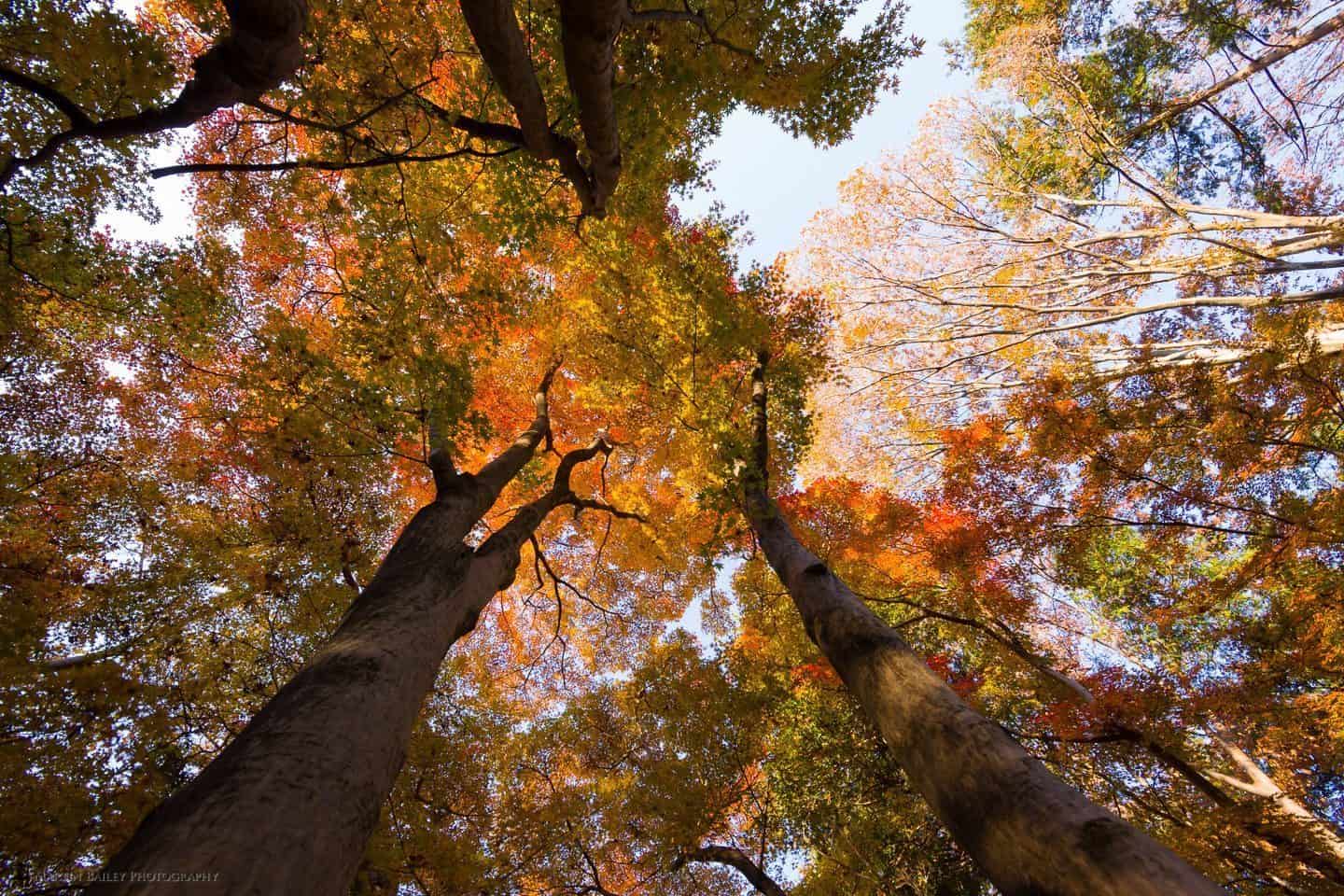
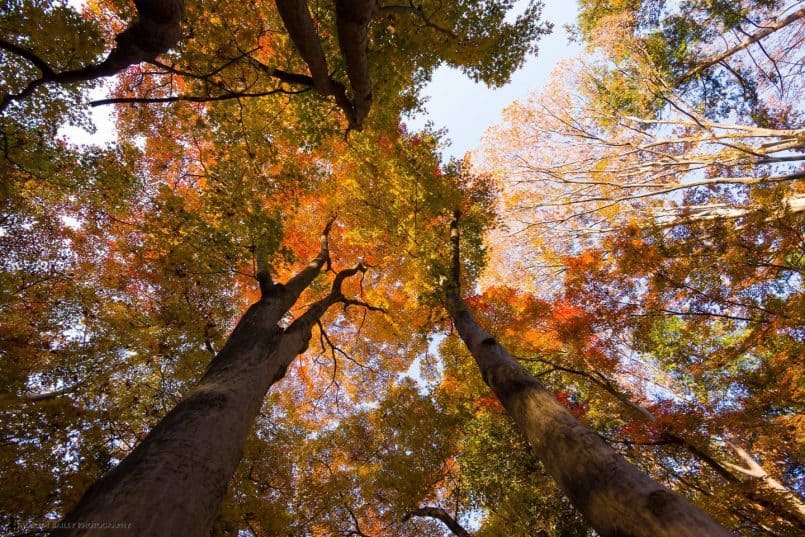
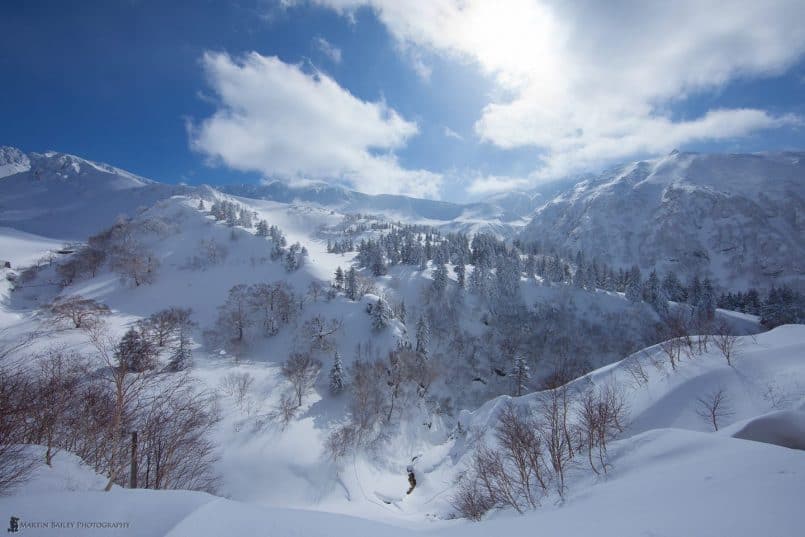
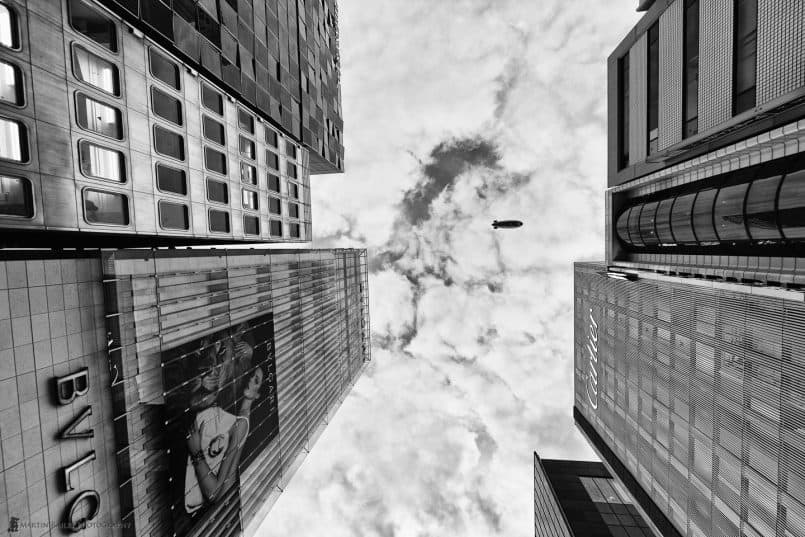
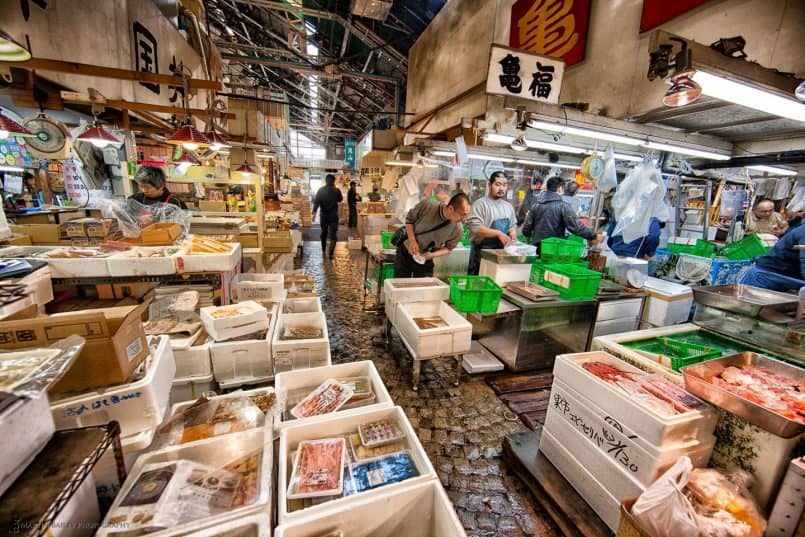
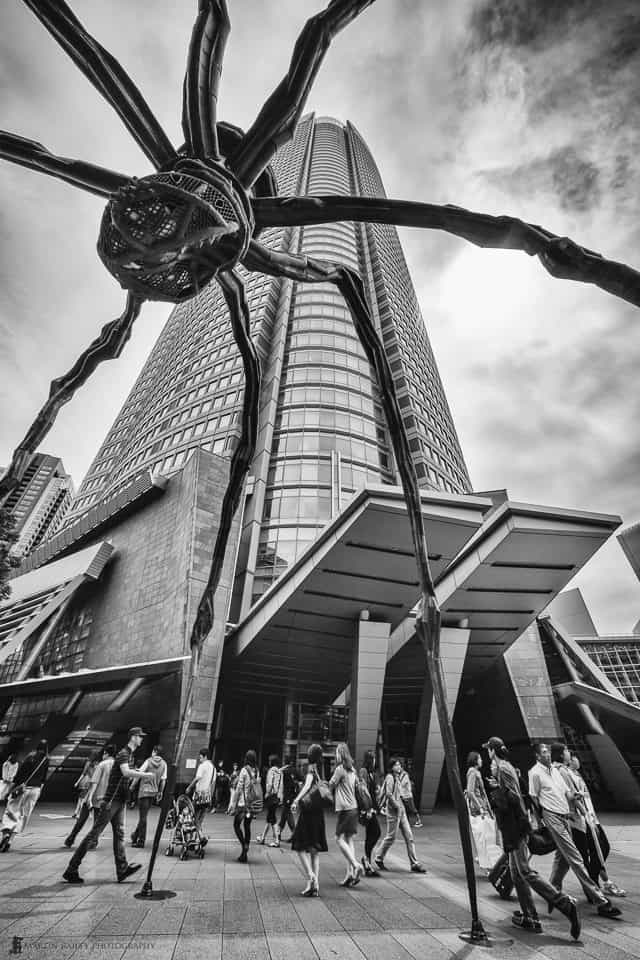
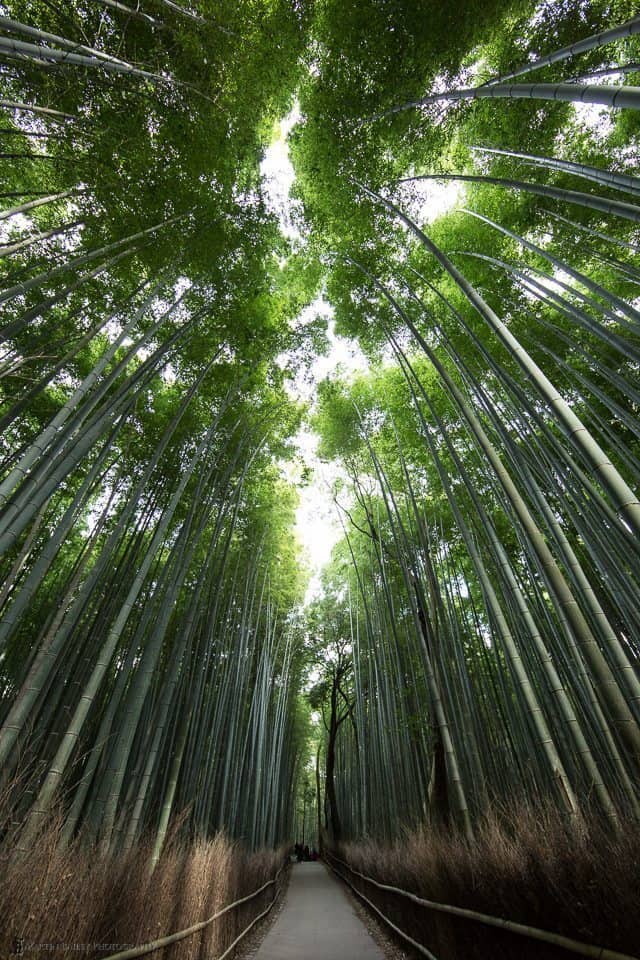

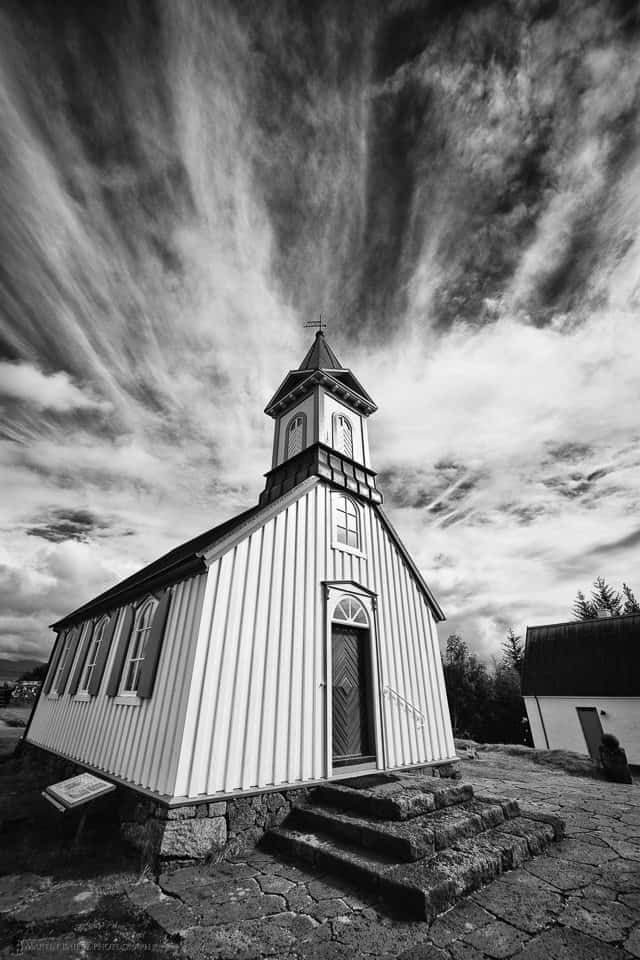
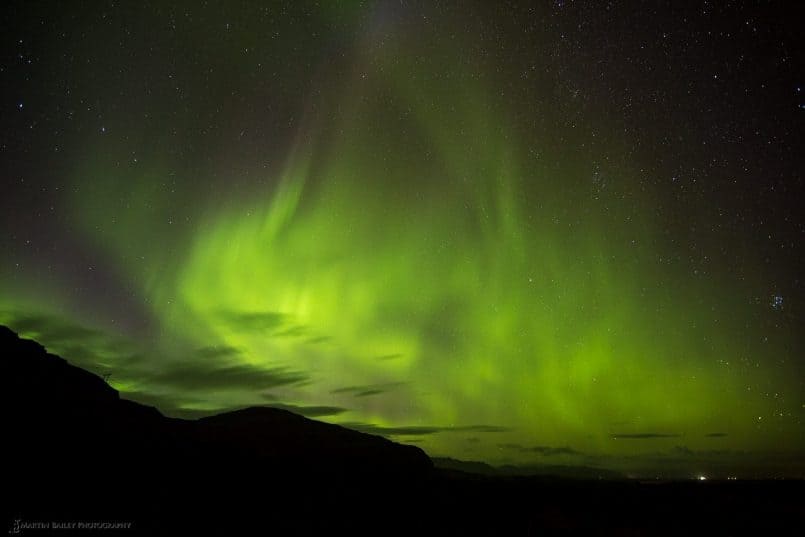
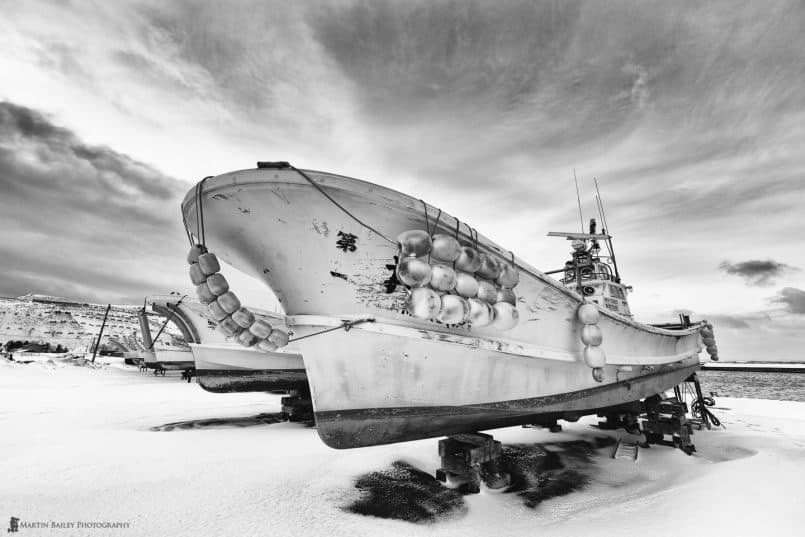

0 Comments